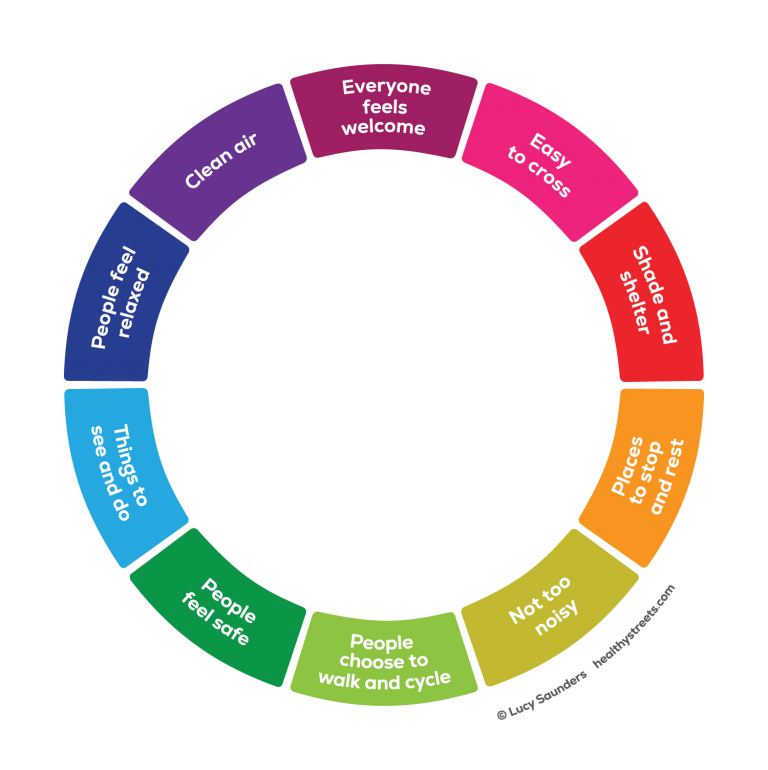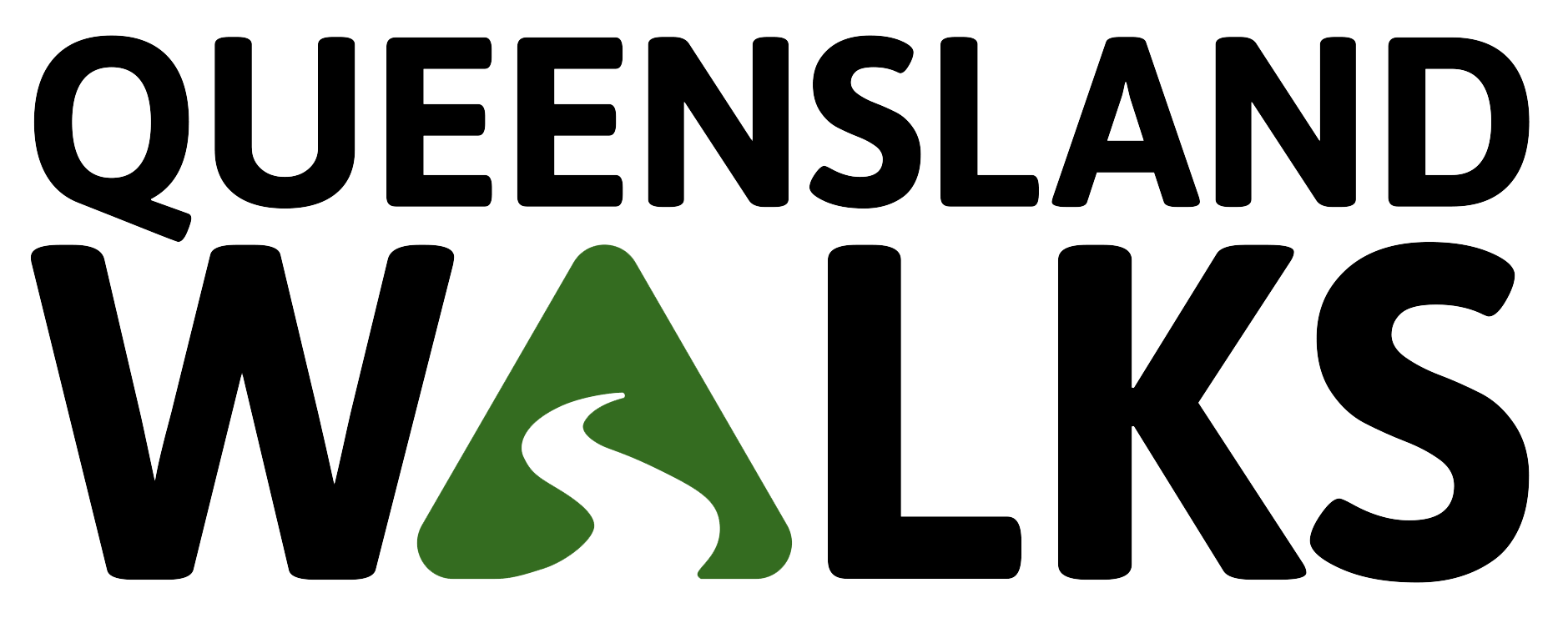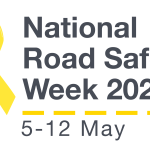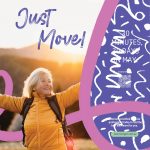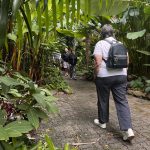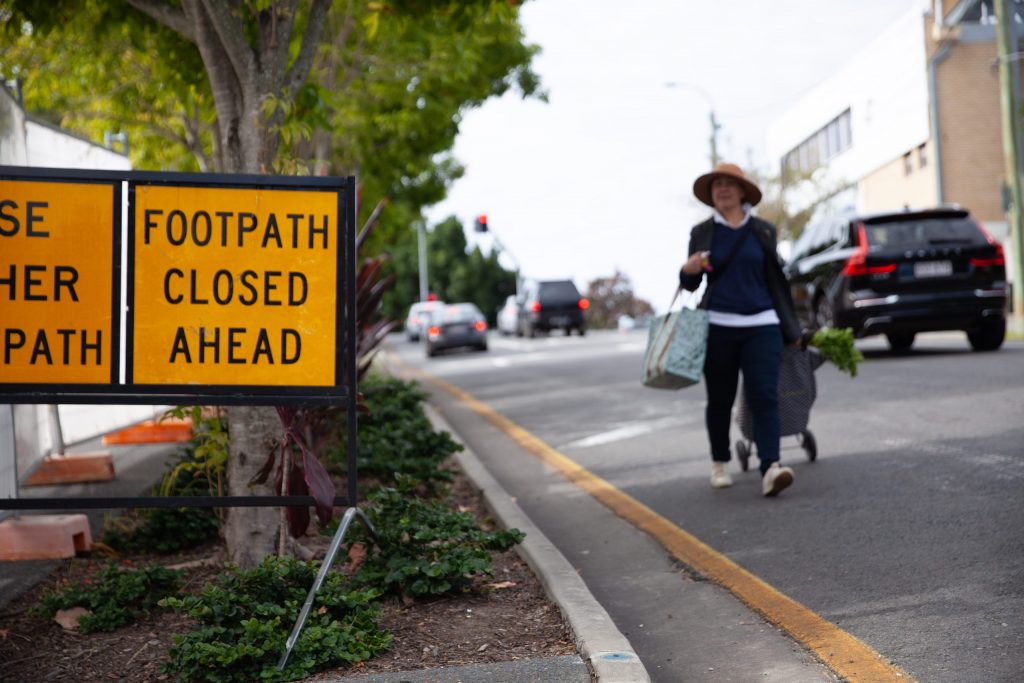The Vision – Walking for all ages and all abilities
Walking is universal – we all do it. From about the age of 12 months, we can walk and we don’t generally stop until we die. Walking is the most democratic, inclusive transport or means of getting around. You don’t need a licence or special equipment or money to walk.
Unfortunately, many parts of our cities and towns have been designed in a time when cars have been the main way of getting around. Distances to important destinations like jobs and shops are now often longer and no longer within easy walking distance. If they are, there may not be footpaths, shade, or other elements that make walking comfortable and easy.
We want Queensland to be a place where walking is simple, easy and seen as not just another way to get around, but the most viable and important form of transport and an easy form of recreation. That means advocating to make walking an easy and desirable option for everyone.
Sometimes this will be focused on walking facilities like a footpath, kerb ramp or crossing, sometimes it’s about an inviting place to walk to or it can also be about changing policy, legislation, or implementing and promoting programs. It also means quality and accessible bushwalking trails so that we can all enjoy the beautiful outdoors.
What does a walkable street or neighbourhood look like?
‘Walkable’, ‘walk-friendly’, ‘active streets’, ‘green streets’, child-friendly’, ‘healthy streets’ all describe one thing: the walkability of the street for people who walk, roll and stroll.
What is walkability?
- Direct footpaths or walkways
- Connected footpaths
- Safe footpaths or streets for walking along or crossing at all times of the day or night
- Shaded, protected or well lit footpaths or road crossings
- Comfortable with seating, toilets or drinking fountains nearby.
[/et_pb_text][et_pb_gallery _builder_version=”4.9.4″ _module_preset=”default” gallery_ids=”6248,6249,6220,5489,5296,6250,6251,6252,6253,6254,6255,6257,6258,6259,6260,5498,5411,5439,5495,5395,5487,5388,5179,4978,4949,4939,3574,2404″ animation_style=”slide” hover_enabled=”0″ sticky_enabled=”0″ posts_number=”6″ gallery_orderby=”rand” animation_duration=”300ms”][/et_pb_gallery][et_pb_text _builder_version=”4.9.4″ link_option_url_new_window=”on” hover_enabled=”0″ inline_fonts=”HelveticaRoundedLTStd-Bd” sticky_enabled=”0″]
Ways that we can measure the ‘walkability’ of our streets
A walkable street is also a healthy and active street. There are many ways that we can measure the walkability of our streets and roads. Some measuring tools are more complex than others
Walk My Street
Queensland Walks, with input from the Queensland Walking Alliance, has designed a very simple Walk My Street checklist that will ask simple questions to test how walkable your street is. Try it today!
Community Walkability Checklist
The Heart Foundation designed the Community Walkability Checklist. You can use this form and send it to your local Council.
Walking Network Planning
Walking Network Planning Guidance
More people will walk when everyday destinations are connected by comfortable, direct, safe and accessible routes. Walking network plans (WNPs) are a first step to creating better places to walk.
The Queensland Government is committed to achieving the Queensland Walking Strategy 2019–2029 vision of walking becoming ‘an easy choice for everyone, every day’. When we talk about walking, we also include running and moving with the help of a mobility device (such as a wheelchair, mobility cane or a walking frame).
The following guidance supports practitioners to prepare WNPs and a prioritised works program to make the plan a reality.
Healthy Streets make walkable streets
Healthy Streets was developed by Lucy Saunders through her research on the interface of urban spaces and human health. She is a unique combination of public health specialist, urbanist and transport planner.
What is Healthy Streets? Every decision we make about our built environment, however small, is an opportunity to deliver better places for people to live in and thereby improve their health. The Healthy Streets Approach is a human-centred framework for embedding public health in transport, public realm and planning.
- Everyone feels welcome
- Easy to cross
- Shade and shelter
- Places to stop and rest
- Not too noisy
- People choose to walk and cycle
- People feel safe
- Things to see and do
- People feel relaxed
- Clean air.
